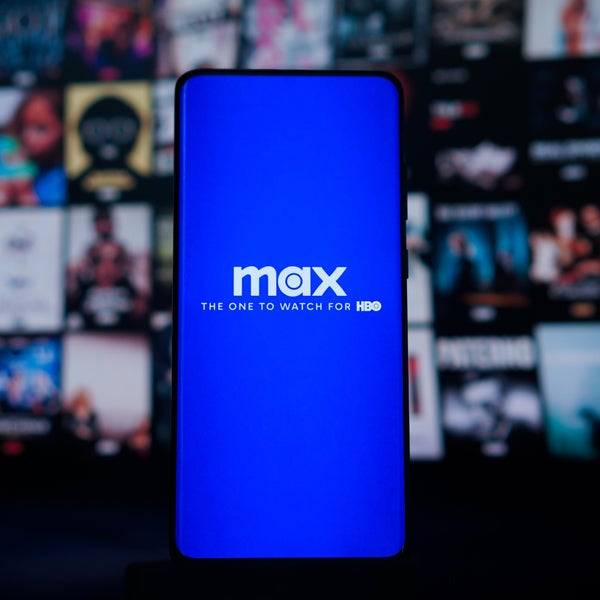Warner Bros. Discovery is in a tight spot, as its TV revenue declines by double digits and growth opportunities like streaming media haven’t picked up the slack. (Yet.)
Last quarter, WBD’s overall revenue fell 7% YOY, while revenue from linear TV ad sales dropped 14%. WBD isn’t giving up on linear, but it expects its streaming business – and an increased investment in sports programming – to offset its losses and return the company to profitability.
WBD’s revamped streaming service, Max (which combines HBO Max and Discovery+ content), is still in the “early innings,” CEO David Zaslav told investors during WBD’s earnings call on Friday. But the studio’s top priority is “driving profitable growth” for Max.
However, there’s still “a long [distance] left to go” on that pathway, Zaslav said.
To the Max
Max is the light at the end of the tunnel for WBD, which remains in the dark right now.
WBD reported a 51% YOY increase in streaming ad revenue compared to Q4 in 2022, before HBO Max rebranded to Max. And the pace of streaming ad revenue growth is rising, said CFO Gunnar Wiedenfels.
That number may sound promising, but it’s not a surprise – advertisers prefer centralized streaming buys, which is why so many media companies are bundling their content. (Another example is Disney+ and Hulu.)
Consumers also prefer accessing their content in one place. While the studio only gained half a million streaming subscribers in Q4 (not counting subs from its acquisition of Turkish streamer BluTV in December), Max had the lowest churn rate “in HBO Max’s history” last quarter, Zaslav said.
Stable subscriber numbers plus an increase in streaming ad revenue would explain why WBD’s average revenue per streaming user rose 7% YOY to $7.94.
Around the world
WBD plans to continue its streaming growth trajectory with globalization and, of course, more content.
Currently, Max with ads is only available in the US. Some international regions still have ad-supported HBO Max, but Max will launch in Latin America next week, followed by Europe, Asia, Africa and the Middle East later this year. By the end of the year, Max with ads will be available in more than 40 international markets, Zaslav said.
And to make the most of a global launch, WBD is investing in a new content slate that capitalizes on its famous franchises.
Yet another “Game of Thrones” show will premiere in 2025 – a prequel, “A Knight of the Seven Kingdoms” – and another “Harry Potter” series is slated for 2026.
A sporting chance
But, most importantly, WBD is zeroing in on sports.
It is not a coincidence that Max’s international expansion coincides with the Olympics in Paris over the summer. Although NBCUniversal has airing and digital rights, WBD will livestream the games on its Eurosport channel.
Max also hopes to attract more international subscribers with other sports programming by capitalizing on the Olympics hype. For example, WBD is currently in talks with the NBA about rights renewal, Zaslav said.
Last but not least, WBD touted its new joint venture with Disney and FOX, which should launch a sports-focused streaming app in 2025. The app will be available to Max subscribers as part of a bundle.
But that’s only if the app actually happens. Pay TV companies and the DOJ have raised antitrust concerns over the nature of the venture – together, the three studios encompass 55% of US sports rights, per Citi analysts. And the sports-focused programming distributor Fubo actually filed a lawsuit earlier this week, in which it alleged anticompetitive business practices between the broadcasters.
Only time will tell whether WBD can regain its footing in the race for streaming market share.



















